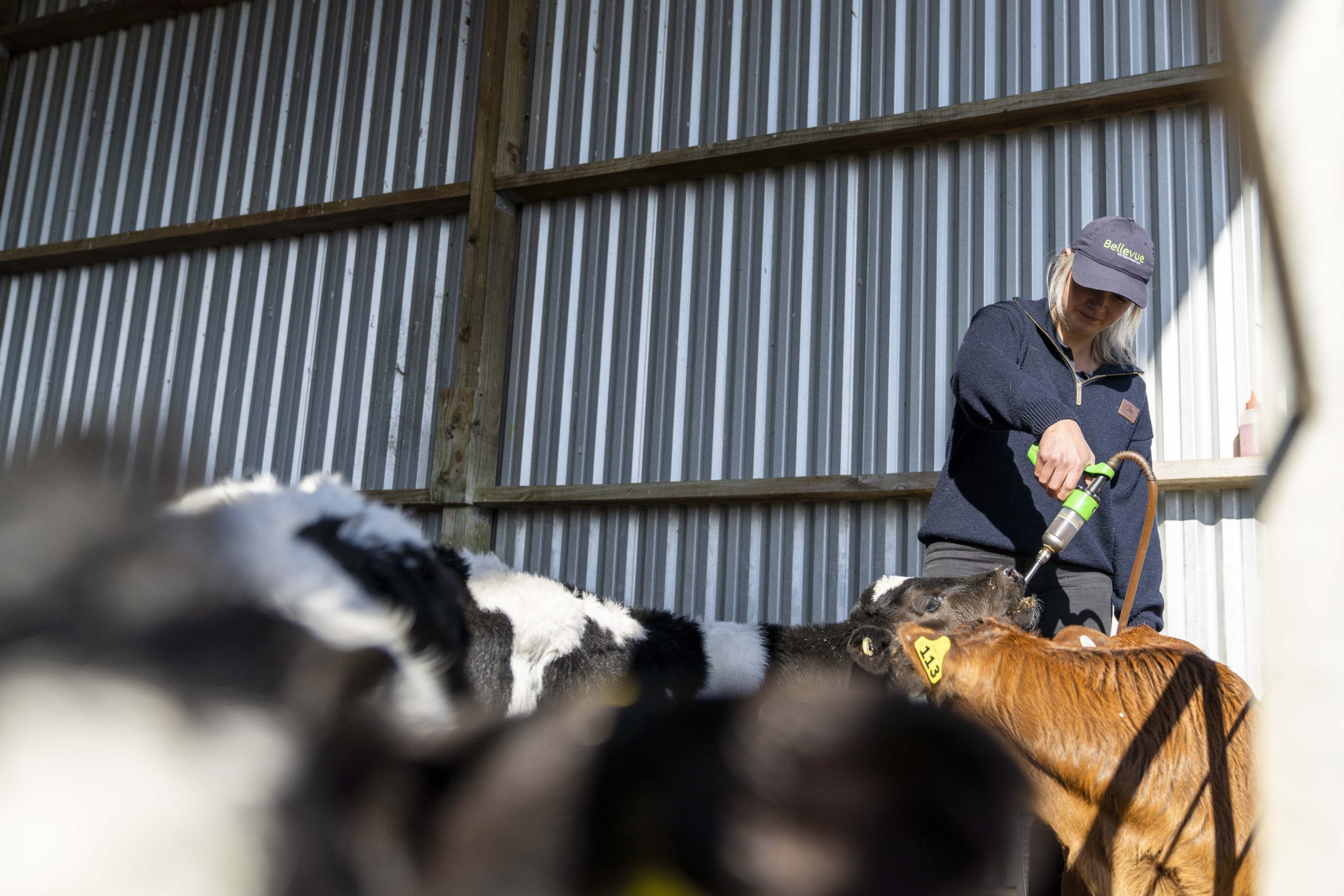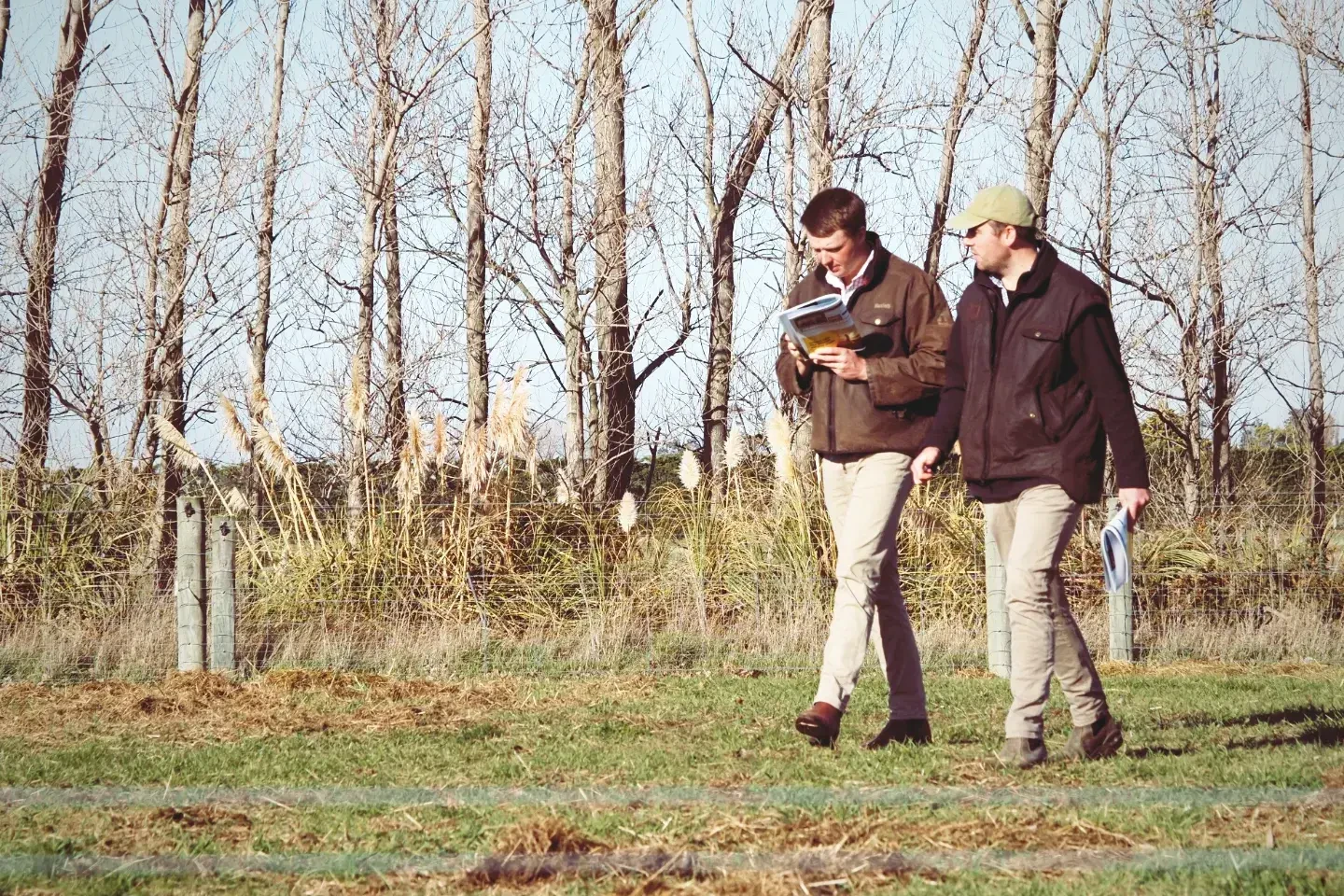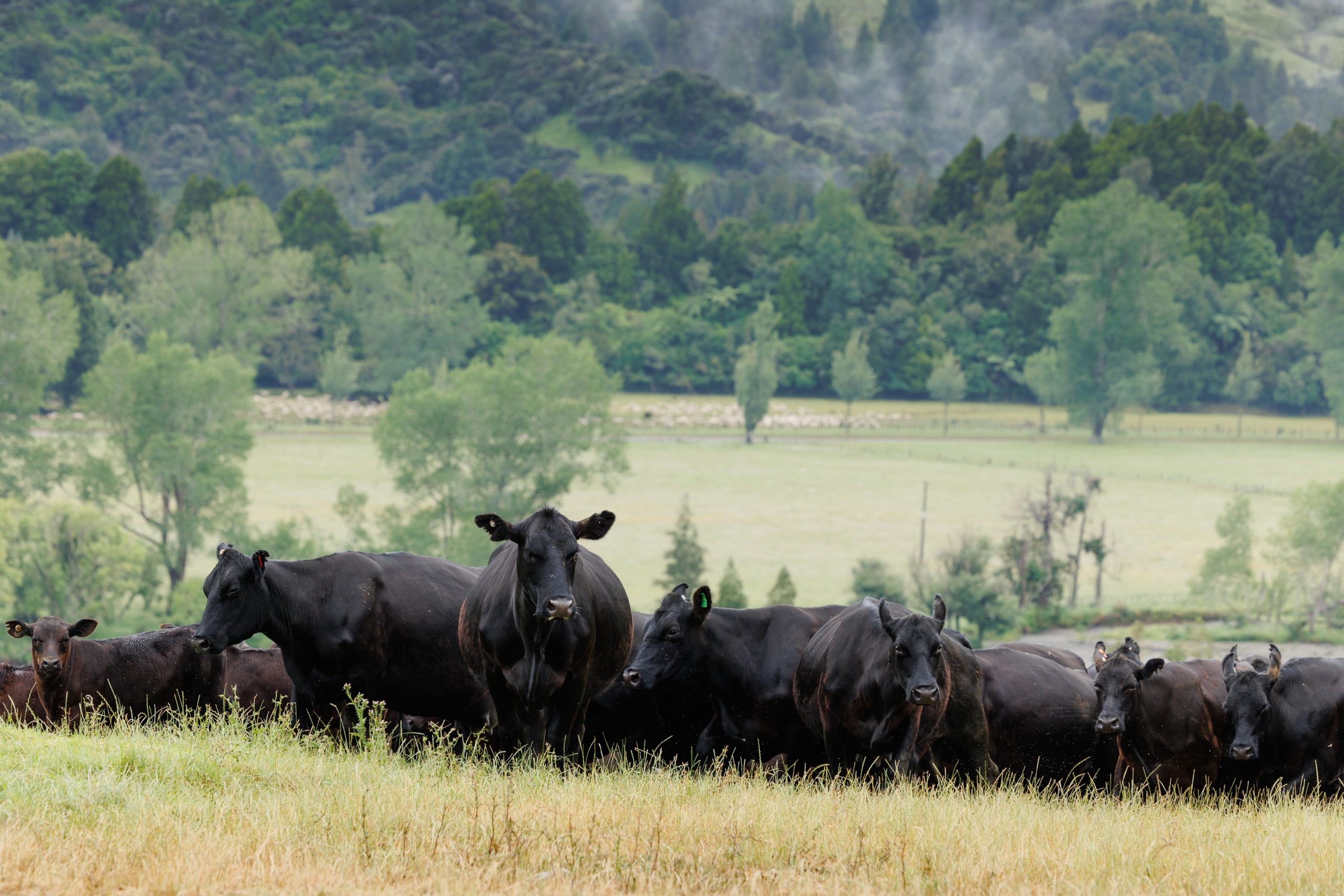Different approaches to drenching beef cattle
Wormwise Programme Manager Ginny Dodunski says the real opportunity in combatting drench resistance is minimising the worm challenge in the first place.

From beef breeding to intensive finishing systems, each requires different ways to mitigate the risk of developing drench resistance. To help farmers, the B+LNZ funded and managed, Wormwise programme has launched a new website which covers everything from the basics of the worm life cycle, practical detail on worm types and drenches, through to sections on farm systems, grazing, forages and genetics.
Wormwise Programme Manager Ginny Dodunski, says drench resistance is a real worry for some farmers, and while the new website addresses a number of issues, the real opportunity is minimising that worm challenge in the first place so that drench isn’t the first line of defence against worms.
Included on the Wormwise website are detailed descriptions of different beef systems from beef breeding to intensive finishing. Each is allocated a risk ranking for worm challenges and drench resistance and has mitigation actions for both.
A beef breeding system, where most calves are sold at weaning, has a low worm challenge risk and is considered a low risk for the development of drench resistance. At the other end of the spectrum is a dairy beef finishing system with purchased 100kg weaners.
Where R1 cattle are the main stock class, the worm challenge can be high as is the risk of developing drench resistance. The worm challenge can be reduced by grazing the young cattle on areas grazed by other stock classes or on a crop, new grass or ex hay and silage paddocks. Feeding calves a high ME supplement will help grow the calves quickly and resist worm challenges.
Grazing young calves on permanent pasture and using drench as the only worm management tool will increase the risk of drench resistance developing. The risk further increases when calves are drenched and shifted on to low worm challenge areas such as new grass paddocks.
To mitigate the risk of developing drench resistance, over-drenching should be avoided and once the calves are big enough to cope with worm challenges, the interval between drenches can be extended.
Other beef systems covered on the Wormwise website are finishing systems with purchased cow-reared weaners and finishing systems with purchased one-year plus animals.
For more information visit wormwise.co.nz.




